Cover Photo by Ibrahim Rifath
The popularity of Jaipur tour packages among tourists is proof of how preferred it is as a travel destination. With numerous monuments, a rich history, and a vibrant atmosphere, the city has a lot to offer. The tourist attractions in the city are steeped in rich culture and tradition, and others are full of mysterious intrigue. Amongst all these, Jaipur ka Jantar Mantar (the Jantar Mantar of Jaipur) is a place that manages to stand out.
1. The Jantar Mantar
“Jantar Mantar” literally translates to “instruments used to calculate”. Between 1724 and 1730, Maharaja Sawai Jai Singh II of Jaipur, who was a brilliant astronomer himself, constructed five astronomical observatories across North India. They are located in New Delhi, Jaipur, Ujjain, Mathura, and Varanasi, and each Jantar Mantar incorporates buildings of unique form and specialized functions for astronomical measurements. However, today, only four of these architectural marvels remain, including the Jantar Mantar in Jaipur, as the one in Mathura was torn down before the revolt of 1857. Jaipur ka Jantar Mantar is by far the most complete and elaborate of projects that were undertaken by Maharaja Sawai Jai Singh II.
2. Information About the Jantar Mantar in Jaipur
The Jaipur Jantar Mantar is one of UNESCO’s World Heritage Sites and houses the world’s largest sundial, the Vrihat Samrat Yantra. Even time has not dulled the astounding prowess of the Jantar Mantar; even today, it is as significant as it was hundreds of years ago. There are around 19 instruments at the Jaipur Jantar Mantar made of stone and brass. This collection of instruments allows you to observe astronomical positions with the naked eye. In fact, built on ideas taken from different religious and social beliefs, it may be said that the Jaipur Jantar Mantar well and truly exemplifies the architectural innovation that was prevalent in the 18th century in India. Jaipur ka Jantar Mantar was constructed out of local stone and marble and covers an area of about 18,700 sq. m. Each of the instruments at the Jaipur Jantar Mantar carries an astronomical scale, generally on the marble inner lining. Other materials used to construct the instruments include bricks, mortar, and bronze tablets. One of the best reasons people visit the Jaipur Jantar Mantar is because of the peek it offers into the glorious past of medieval Indian astronomy.
3. The Instruments at the Jaipur Jantar Mantar
The observatory has a collection of both architectural and astronomical instruments, several of which are counted among the largest in their own species. The settings and shapes of each of the complex instruments that are housed within the Jaipur Jantar Mantar have been scientifically designed to measure the position and distances of celestial bodies. Made with stone and marble, they can easily withstand climatic changes, and some of these were designed by Maharaja Sawai Jai Singh himself. Some of the most important instruments that you can check out here include:
3.1 Vrihat Smarat Yantra
A huge 27m long sundial at the heart of the observatory, this is an equinoctial sundial that can calculate time to an accuracy of 2 seconds.
3.2 Laghu Samrat Yantra
Also known as the small Samrat Yantra, this instrument measures local time to an accuracy of 20 seconds. Its ramp points towards the North Pole and by measuring the position of its shadow in the divisions of the carved scale, one can easily calculate the local time.
3.3 Ram Yantra
The Ram Yantra at the Jaipur Jantar Mantar gives information about the elevation and azimuth of the Sun and planets. The instrument has a pair of tube-like structures which are open to the skies and have a pole of equal height at its centre. This instrument is only present at the Delhi and Jaipur Jantar Mantar.
3.4 Jaya Prakash Yantra
Consisting of two hemispherical bowls with graded marble slabs, this instrument creates inverted images of the sky on the slabs. Using the movement of the inverted shadows, you can detect the elevation, azimuth, hour angles, and exact positions of heavenly bodies.
3.5 Chakra Yantra
This is used to measure the Sun’s coordinates and hour angle.
3.6 Digamsa
A pillar-like structure in the middle of two concentric circles, this is a very intriguing instrument at the Jaipur Jantar Mantar. The timings of the sunrise and sunset in a day can be predicted using the Digamsa.
3.7 Nadivalaya
Symbolises the two hemispheres of Earth.
3.8 Karnti Vritya
Used to measure the solar sign of the Sun during the daytime.
The observatory at Jaipur also houses a number of instruments that have not been duplicated at any of the other Jantar Mantar sites. These include the Unnatamsha Yantra, Rasivalaya Yantras, and Kappala Yantra.
4. Why Was the Jaipur Jantar Mantar Built?
The essential purpose behind constructing the Jantar Mantar in Jaipur and other cities was to accumulate astronomical tables. In turn, these tables could help predict the time and movement of celestial bodies like the planets, sun, and moon. One of the best places to visit in Jaipur, the observatory is based on the principles laid down by classical celestial coordinates – the horizon-zenith local system, equatorial system, and the ecliptic system. These systems aid geographers and researchers in tracking the position of heavenly bodies. Even today, the Jaipur Jantar Mantar can be used to tell the time, accurate to about 2 seconds. Maharaja Sawai Jai Singh II desperately wanted to be able to refine the ancient Islamic Zij to be able to determine the exact time. He wanted to create a well-defined calendar and to be able to make accurate astrological predictions for mankind’s benefit. With this thought, he began extensive studies of the cosmological principles that were laid down by the philosophical findings of the Hindu, Islamic, Persian, and European civilizations. This is what finally led to the construction of the five Jantar Mantar observatories, full of instruments that even today offer a broad range of cosmological applications.
5. The History of the Jaipur Jantar Mantar
An unmoved presence in history, the Jaipur Jantar Mantar stands testament to the astronomical innovations and architectural brilliance of the Rajput era. The Rajput King, Sawai Jai Singh II was a great scholar with a keen interest in astronomy. He built 5 Jantar Mantar observatories, of which, the one in New Delhi was the first but the one in Jaipur was the largest. The Jaipur Jantar Mantar was completed in 1734 and was restored several times during the British colonial rule and even once in 2006. In 1948, Jantar Mantar was declared as a national monument and came under the management of the Archaeological Sites and Monuments Act of Rajasthan in 1961. Since 1968, the Jantar Mantar has also been protected as a National Monument of Rajasthan. The Jaipur Jantar Mantar was included in the list of World Heritage Sites by UNESCO in 2010.
6. Timings and Ticket Price for the Jaipur Jantar Mantar
Jantar Mantar is located near the City Palace and the Hawa Mahal within the Gangori Bazaar. The Jantar Mantar comes within the confines of the Market Pink City of Jaipur. The timings of the Jaipur Jantar Mantar basically cover the daylight hours, as many of the instruments work only with sunlight falling on them.
Jantar Mantar, Jaipur Opening Time: 9:00 AM
Jantar Mantar, Jaipur Closing Time: 4:30 PM
Open All Days
There are various ticket prices for the Jaipur Jantar Mantar:
- For Indian Citizens: Rs 50 per person
- For Indian Students: Rs 15 per person
- For Foreign Tourists: Rs 200 per person
- For Foreign Students: Rs. 100 per person
You can also buy a ticket for Jaipur Jantar Mantar online. The price of the ticket will remain the same, but you may be required to pay a convenience fee, depending on the website you use.
Also, you should keep in mind that Jaipur, being in the state of Rajasthan, experiences oppressive heat during the summers, which may as well put a hamper on any sightseeing plans you have, so it is always best to visit the city during the spring or winter months (October to March). However, if you do plan to visit during the summers, going to the Jaipur Jantar Mantar at opening time in the morning or in the evening might be a better idea.
If you want to explore this wonderous monument as thoroughly as possible, you can opt to take an audio tour which would help you better understand the history and working of the magnificent instruments here. There are also several guides available that you can hire for your tour of the Jantar Mantar. There is also an orientation building within the observatory where a short film briefing about the observatory and its evolution is played at regular intervals. Taking the time out to visit the Jantar Mantar is undoubtedly one of the best things to do in Jaipur so make sure you don’t miss out on it.










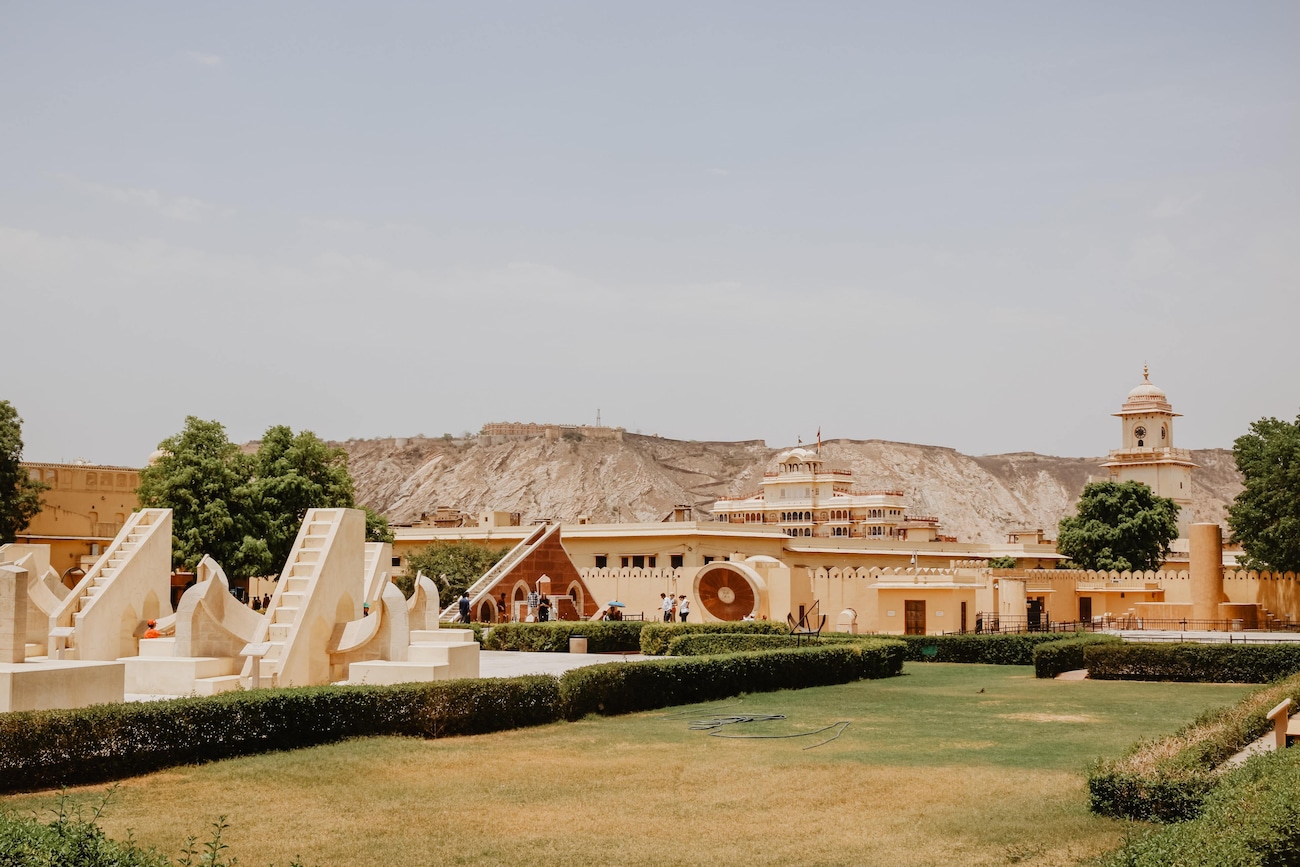
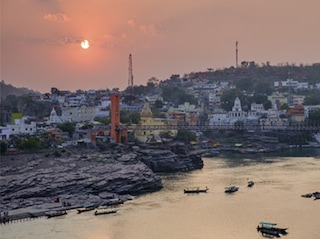
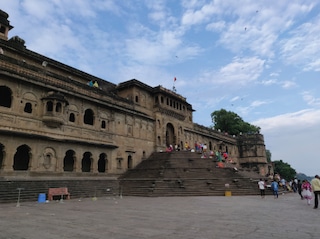
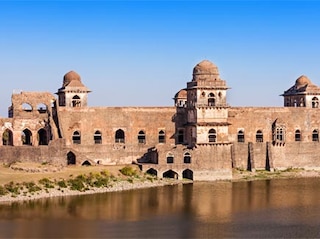
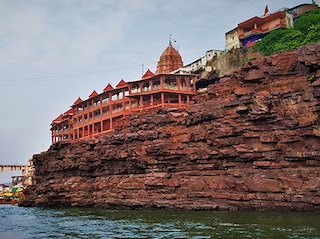





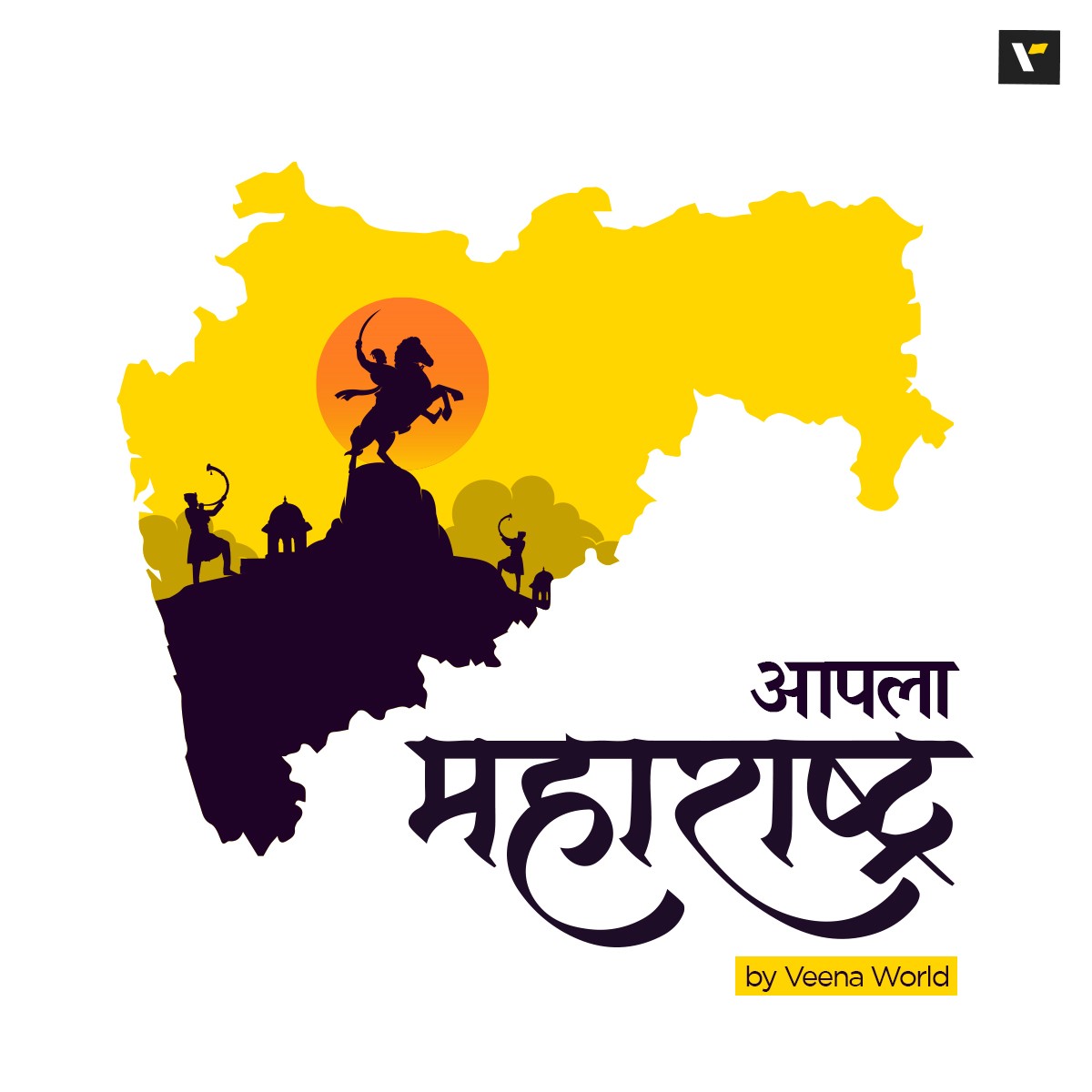










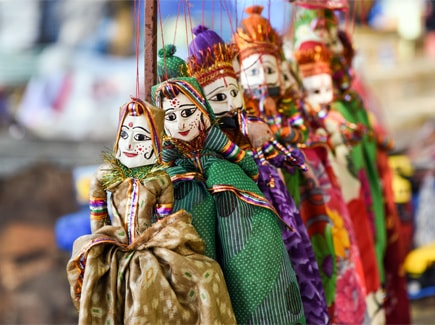

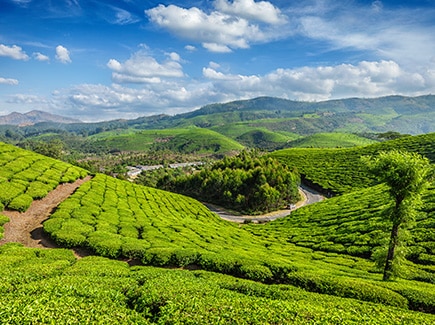









Post your Comment
Please let us know your thoughts on this story by leaving a comment.